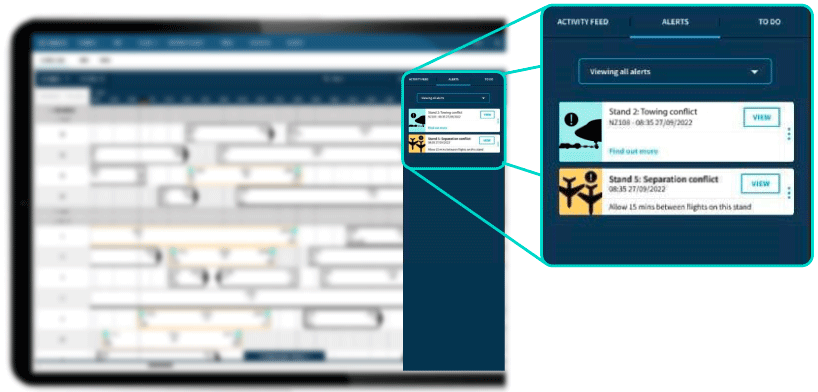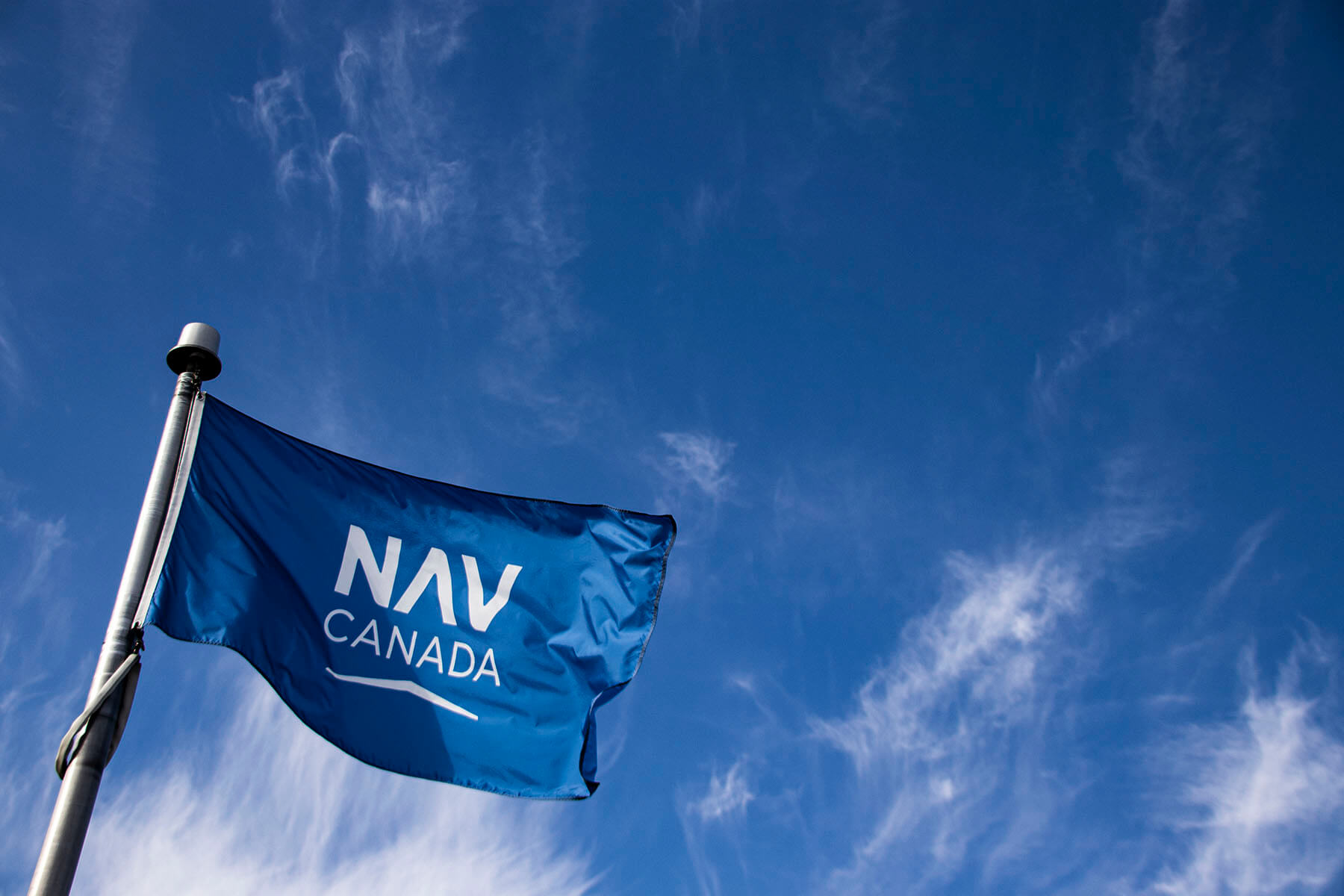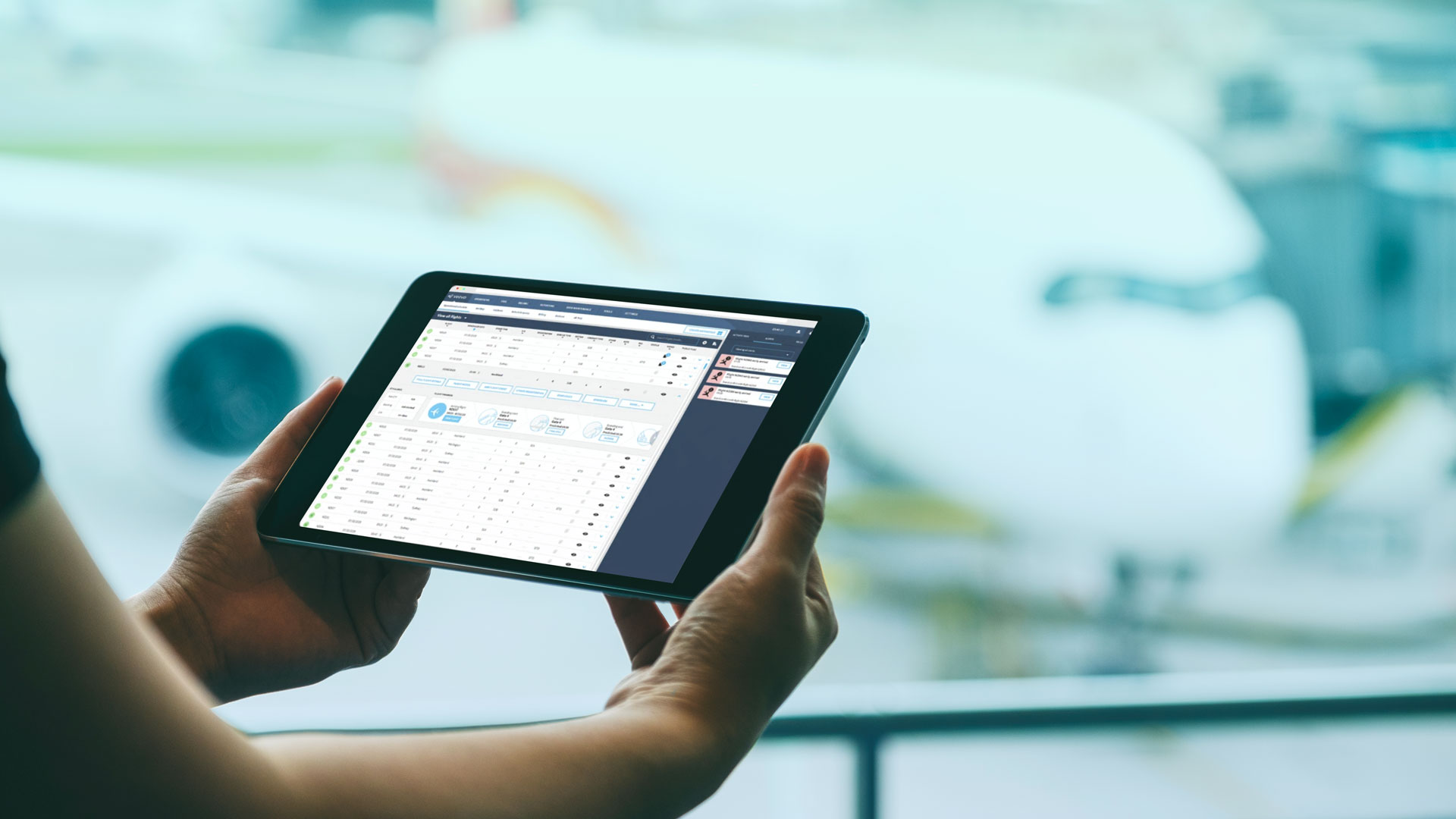Few industries can match airports’ day-to-day operational complexity; fewer still must navigate said complexities in full scrutiny of their customers and without full control of all the moving parts required for an on-time departure. While the challenges of orchestrating multiple parties are well documented, the opaque nature of critical factors like towing capacity, ground handler availability, and equipment limitations is often overlooked.
Operational disruptions – an all too common tale
Imagine arriving at your stand only to find a delay in disembarkation due to missing stairs or witnessing your flight’s arrival time push out due to a delayed tow on the apron nearby. These scenarios of overlapping aircraft tows, caused by the same tug being unable to manage concurrent tasks, often create cascading delays that disrupt schedules, tarnish passenger experiences, and, often unfairly, reflect poorly on the airport.
A smarter approach starts with data
In the airport’s quest to continually improve airside performance, bridging the divide between towing operations and gate planning has become imperative.
This journey begins with dismantling information barriers and forging seamless connections between ground handler operations, towing procedures, and gate/stand planning tools. Soft grouping preferences, often used to support airlines’ preferences, can be extended to include all flights managed by the same ground handler, significantly streamlining turnaround times and maximising equipment usage.
The game changer – connected operations and machine learning
Beyond grouping, connecting towing capacity and schedules directly with resource management systems can yield dramatic and immediate benefits.
Harnessing the power of machine learning unlocks a wealth of insights from historical towing data, serving up valuable insights into punctuality and the variables affecting towing performance. This can then be used to drive efficient tug assignments and highlight any capacity issues early enough to mitigate problems.
For example, by considering the number of concurrent tows available based on equipment and ground handler availability against gate allocations, planners can generate more optimal and robust route plan and workflow assignment, preventing the inefficient crisscrossing of tugs across the apron.
Ultimately, the goal is to avoid predetermined yet inefficient towing assignments and instead prioritise off-block efficiency.

Navigating real-time events
On the Day of Operations, significant changes to the flight schedule or equipment malfunction can torpedo even the best-paid plans. Tow assignment must remain dynamic and aligned with the live situation to optimise off block efficiency.
Surface management tools have emerged as a valuable data source and early warning system. Offering real-time ground situation updates, these tools could connect live towing and aircraft movement data into machine learning powered resource management systems to fine-tune towing predictions, alert planners of impending conflicts recommend the best gate or stand reassignments. This is determined not only on operational efficiency but also considering the impact to passengers, asset management and efficiency use of ground handler equipment.
The ability to provide all aviation partners with one source of planning truth is essential for this to succeed. Serving up allocation plans with towing plans via a web based device, and in a role based view for handlers so they can access from anywhere, allows potential conflicts or capacity issues can be quickly identified and mitigated.
Towards Total Airport management
Achieving Total Airport Management requires optimising the entire airport ecosystem, not just individual components; integrating towing, handling, and resourcing management is an important early step.
Artificial intelligence stands as a cornerstone, not only for its capacity to sift through vast datasets to discern patterns and predict resource conflicts but also for enabling planners to make the most of simulations and optimisation and make decisions that optimise whole airport performance.
It’s time to go beyond traditional resource management and airside operational silos, and advance towards Total Airport Management.




